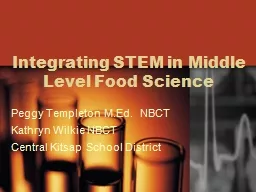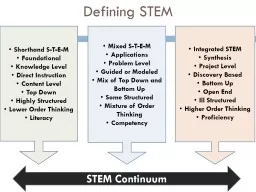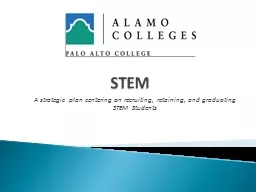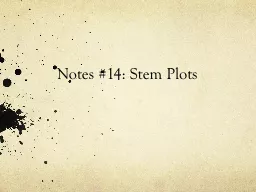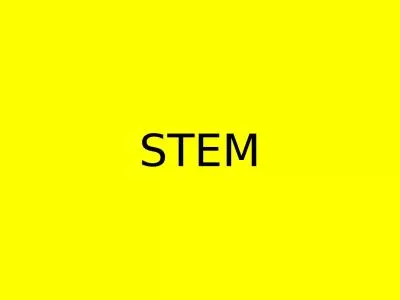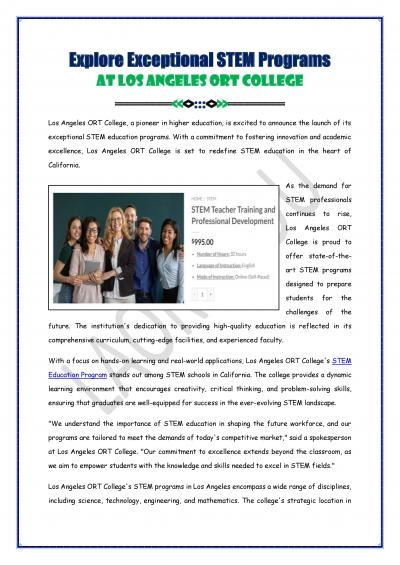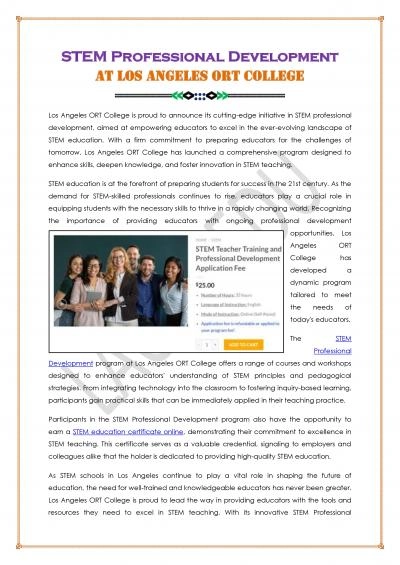PPT-Integrating STEM in Middle Level Food Science
Author : syfarect | Published Date : 2020-08-26
Peggy Templeton MEd NBCT Kathryn Wilkie NBCT Central Kitsap School District Contact Information Peggy Templeton peggytcksdwednetedu httpmoodlecksdwednetedu View
Presentation Embed Code
Download Presentation
Download Presentation The PPT/PDF document "Integrating STEM in Middle Level Food Sc..." is the property of its rightful owner. Permission is granted to download and print the materials on this website for personal, non-commercial use only, and to display it on your personal computer provided you do not modify the materials and that you retain all copyright notices contained in the materials. By downloading content from our website, you accept the terms of this agreement.
Integrating STEM in Middle Level Food Science: Transcript
Download Rules Of Document
"Integrating STEM in Middle Level Food Science"The content belongs to its owner. You may download and print it for personal use, without modification, and keep all copyright notices. By downloading, you agree to these terms.
Related Documents

